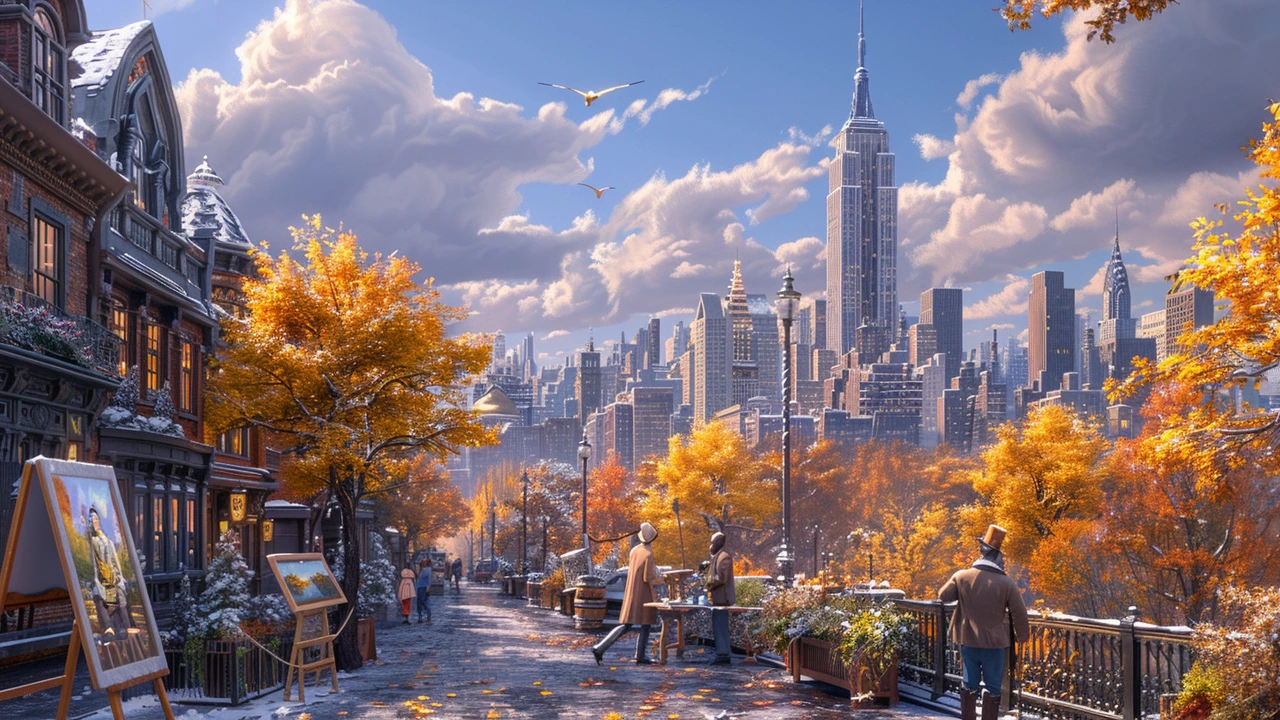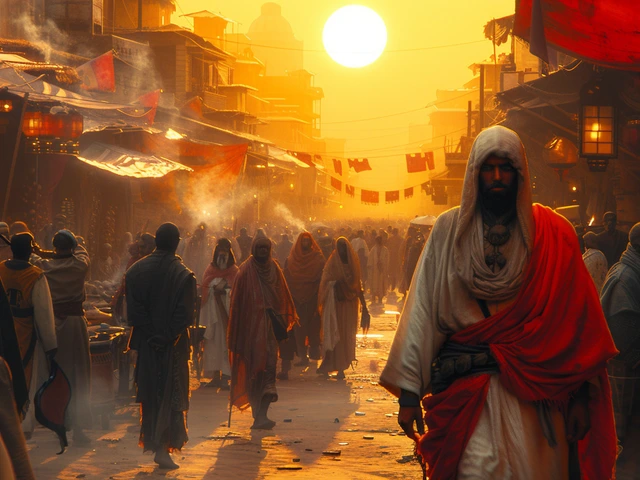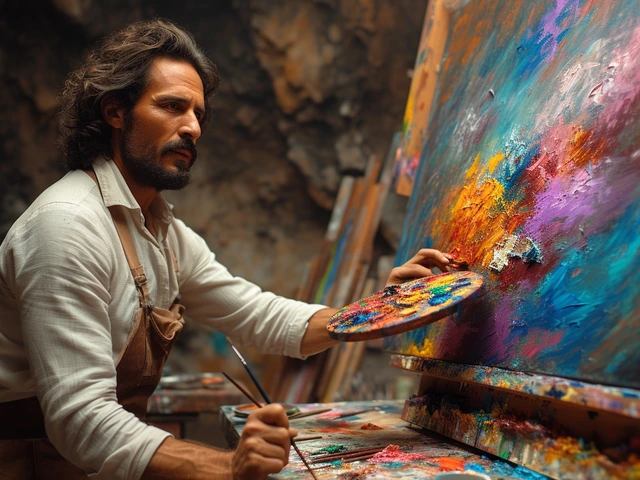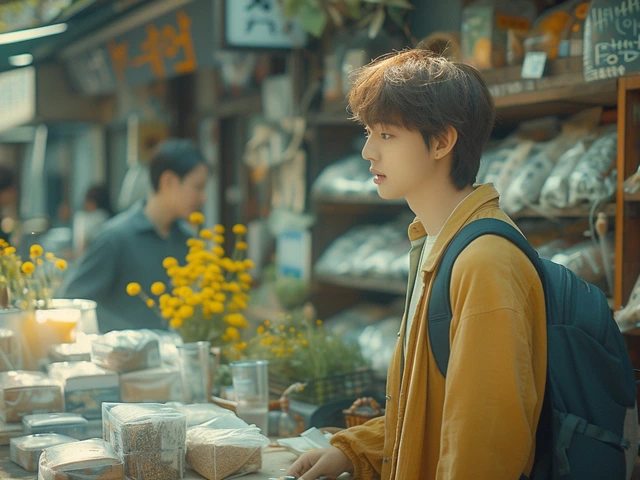The Origins and Evolution of the Harlem Renaissance
The Harlem Renaissance, a term coined to describe a cultural, social, and artistic explosion that took place in Harlem, New York, during the early 20th century, represents a cornerstone of American history. A migration of African Americans, fleeing the oppressive conditions of the South, seeking opportunities in Northern cities, catalyzed this transformative era. Harlem, a neighborhood in Manhattan, became the epicenter of an unprecedented intellectual and artistic awakening among African Americans. This period saw a significant departure from the stereotypical representations of Black people, offering a platform for African American voices to be heard and respected on their own terms. The Renaissance wasn't just an artistic movement; it was a reimagining of the African American identity, bolstered by increased social and political activism. Influential figures such as Langston Hughes, Zora Neale Hurston, and Louis Armstrong emerged, bringing with them works that challenged existing narratives and opened up new vistas for African American culture.
Influential Figures and Their Contributions
Langston Hughes and Zora Neale Hurston, among others, were instrumental in paving the way for future generations of African American writers and artists. Hughes, through his poetry and plays, depicted the lives of working-class Blacks in America and advocated for their rights and dignity.
"I, too, am America," Hughes famously declared, encapsulating the essence of the Renaissance's quest for equality and recognition.Hurston's novels and anthropological works, meanwhile, explored the African American experience from a deeply personal and nuanced perspective, offering insights into the dynamics of race, culture, and gender. The Harlem Renaissance was also a golden age for jazz music, with legends such as Louis Armstrong and Duke Ellington leading the charge. Their pioneering sounds not only transformed the American music scene but also served as a powerful form of expression and resistance against racial inequalities.
The Cultural and Social Impact of the Harlem Renaissance
The Harlem Renaissance extended beyond the realms of art and literature, instigating significant changes in the social and cultural fabric of the United States. It challenged the pervasive racial stereotypes and prejudices, promoting a more inclusive and nuanced understanding of African American life and contributions. The movement also played a critical role in laying the foundations for the Civil Rights Movement, as it fostered a sense of pride, unity, and resistance among African Americans. The legacy of the Harlem Renaissance is evident in various forms today, from the continued relevance of its artistic outputs to the enduring spirit of activism and empowerment it inspired.
The Lasting Legacy of the Harlem Renaissance
The Harlem Renaissance's influence extends well beyond its historical timeframe, impacting American culture, society, and thought profoundly. Its legacy is visible in contemporary discussions about race, identity, and equality, serving as a reminder of the power of art and expression in advocating for change. The works produced during this era continue to resonate, offering timeless reflections on the human condition and the struggle for justice. As we look back on this pivotal period, it's clear that the Harlem Renaissance was not just a moment in history but a movement that continues to inspire and challenge us to envision a more equitable and inclusive society.



